The Ghaziabad district administration recently faced 49 objections regarding the proposed hike in circle rates, a move that could significantly impact property transactions across the district. Circle rates, the government-defined minimum values at which property transactions are registered, play a critical role in determining the revenue collected from stamp duty and registration fees. The proposed hike includes a 10-20% increase in residential properties, a 15-20% rise in commercial property rates, and a 5-10% increase for agricultural land. These rates, when enforced, will bring the official valuations closer to current market trends, potentially curbing illegal property transactions and aligning the district’s real estate market with its true value.
The district administration, led by District Magistrate Indra Vikram Singh, is keen on addressing concerns from various stakeholders. During the public hearing, 49 objections were raised, with urban residents largely opposing the hike, while rural stakeholders, particularly farmers, were in favor of higher rates. This divergence in opinion reflects the distinct economic motivations driving different segments of the population.
Urban Resistance: The Developers’ Dilemma
In urban colonies, many objections centered on the potential negative impact of the proposed rate hike on real estate sales. Small developers and property owners argue that higher circle rates would raise the minimum prices at which properties can be sold, potentially stifling sales in an already competitive market. Pushpendra Kumar, Assistant Inspector General (AIG) of Stamps, noted that these developers believe a reduction in rates could stimulate sales, especially in a market where demand is already pressured by high property prices.
Urban areas such as Wave City and Aditya World City are likely to see some of the most significant increases. For instance, residential rates in these areas could rise from ₹17,300 per square meter (sqm) to as much as ₹50,000 per sqm. Such a hike, while aimed at correcting the discrepancy between circle rates and market values, raises concerns among developers about the affordability of housing in these zones. Similar increases are proposed in other prominent areas like Kaushambi, Indirapuram, and Vaishali, where residential rates are expected to see significant upward revisions.
Rural Support: Farmers Eyeing Future Gains
On the other hand, rural segments of Ghaziabad, particularly farmers, are pushing for higher circle rates, seeing it as a way to secure better compensation for their land, especially in anticipation of future infrastructure projects. As urban expansion continues to encroach upon rural lands, farmers believe that a higher valuation would not only reflect the true potential of their properties but also provide them with fair returns if their land is acquired for development purposes. This sentiment underscores a critical aspect of rural-urban dynamics, where the potential for land use change drives the valuation expectations of property owners.
The last revision of circle rates in Ghaziabad was in 2022, with no changes in 2023 due to the Uttar Pradesh assembly elections. The administration's current proposal aims to update these rates in line with current market trends and to prevent revenue loss from undervalued property registrations. The proposed increase is also seen as a measure to mitigate illegal property transactions, where properties are often undervalued to evade stamp duty.
Impact on Commercial Properties
The commercial property sector is also set for substantial changes. Raj Nagar District Centre, for example, could see rates increase from ₹1,67,000 to ₹1,80,000 per square meter. Similar hikes are expected in other commercial hubs such as Ambedkar Road and Indirapuram, where the circle rates could rise by approximately 10-15%. These increases are likely to affect both new developments and resale properties, potentially leading to higher costs for businesses operating in these areas.
Final Decisions and Future Implications
As the district administration prepares to finalize the new rates, it faces the challenge of balancing these diverse demands. Once the sub-registrars analyze the objections in detail, the administration is expected to notify the new rates by next week. While the proposed rates are likely to remain largely unchanged, the administration may consider adjustments in specific cases to address the concerns raised.
The decision on circle rates will have long-term implications for Ghaziabad’s real estate market. Higher rates could increase government revenue and align property values more closely with market trends, but they could also place additional financial strain on buyers and developers. Conversely, any reduction in proposed rates might stimulate market activity but could lead to a shortfall in revenue collection.
Image source- facebook.com

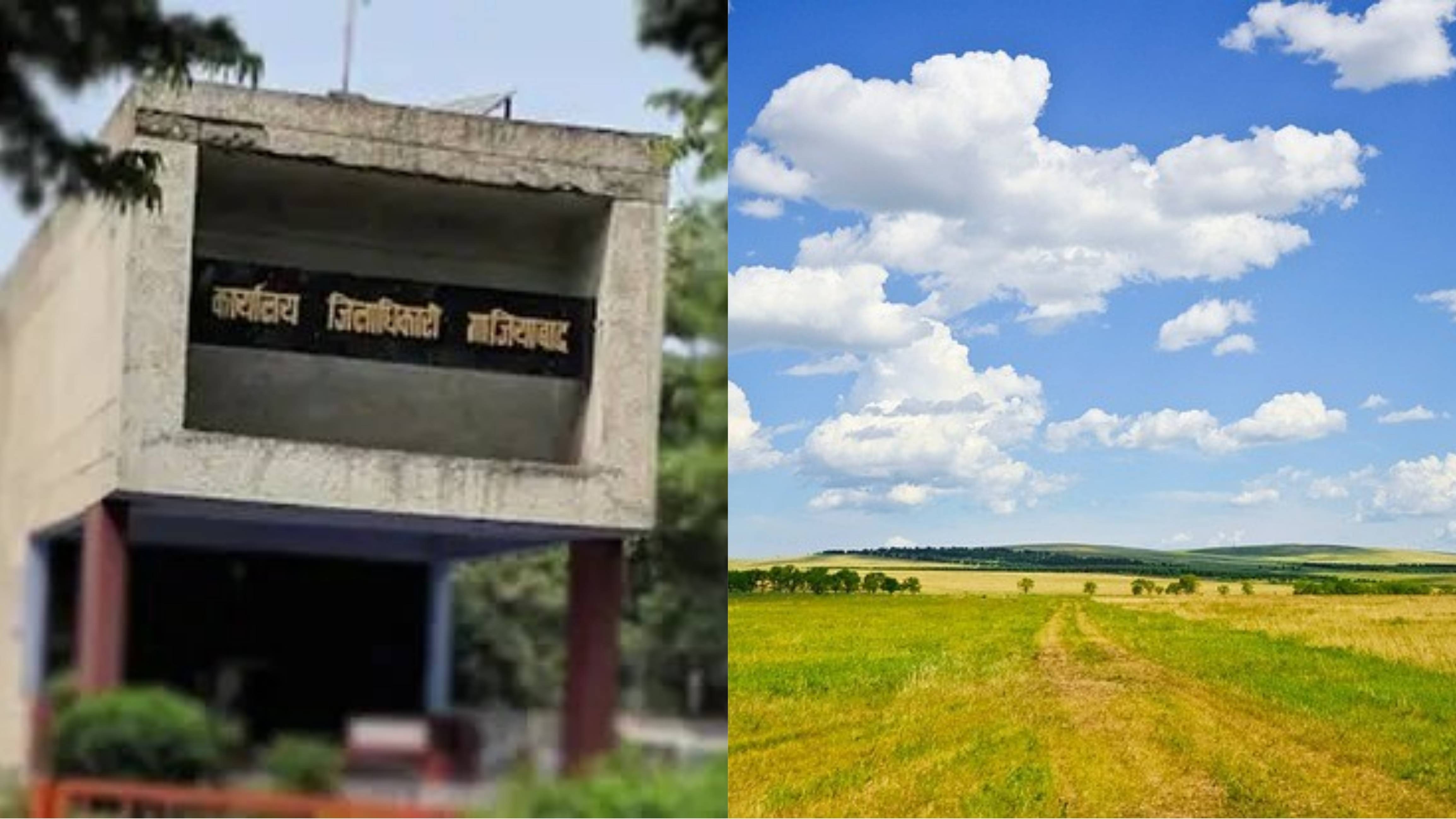

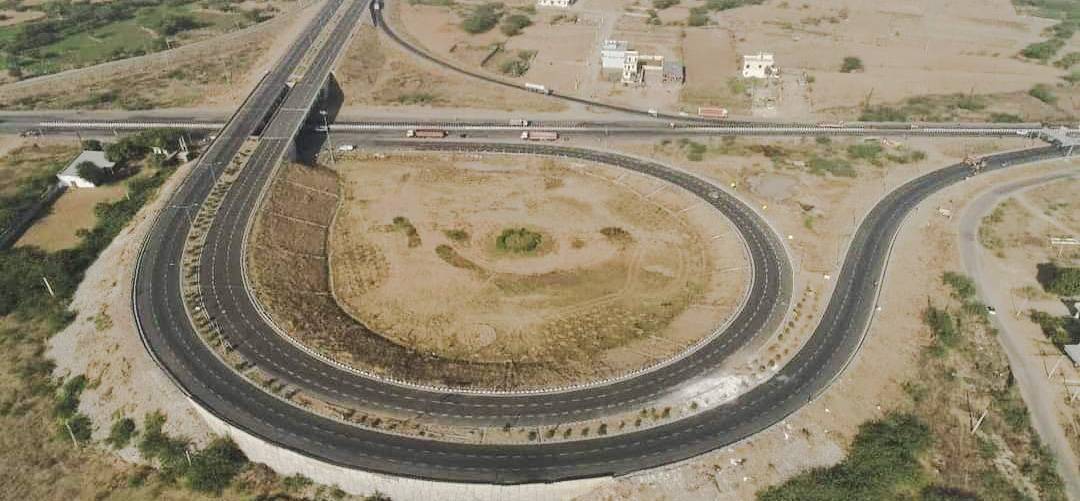
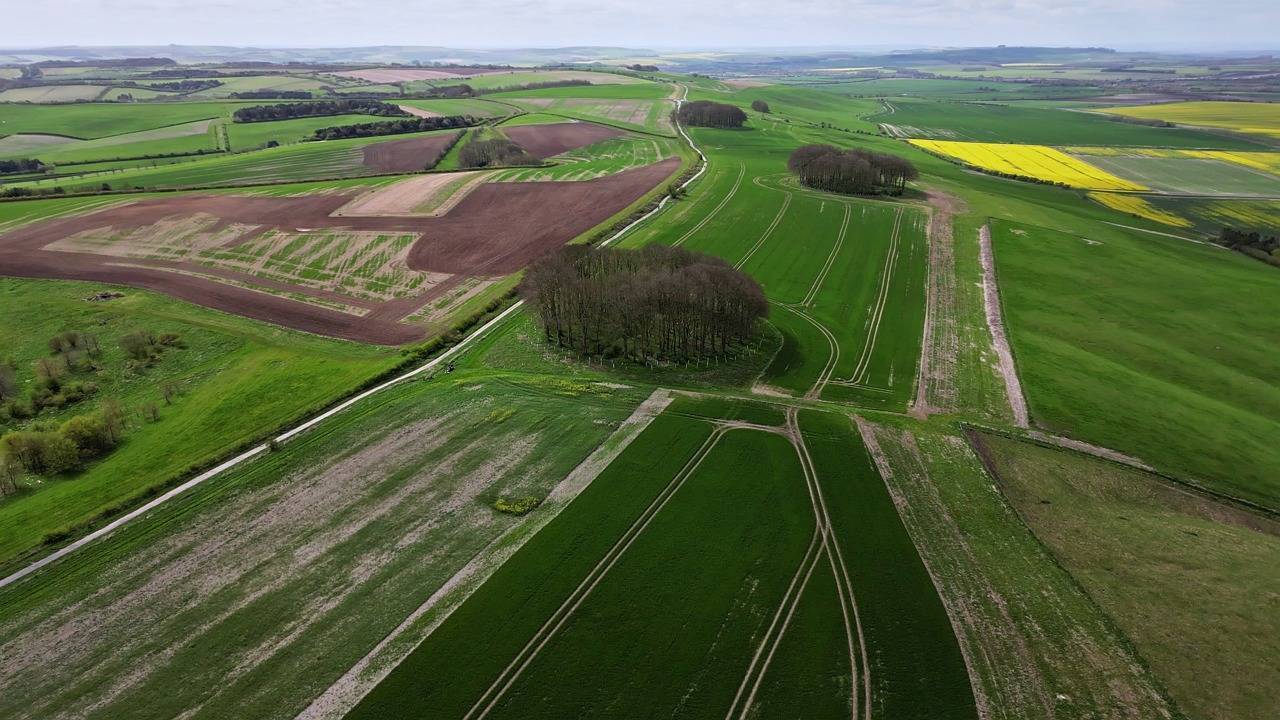

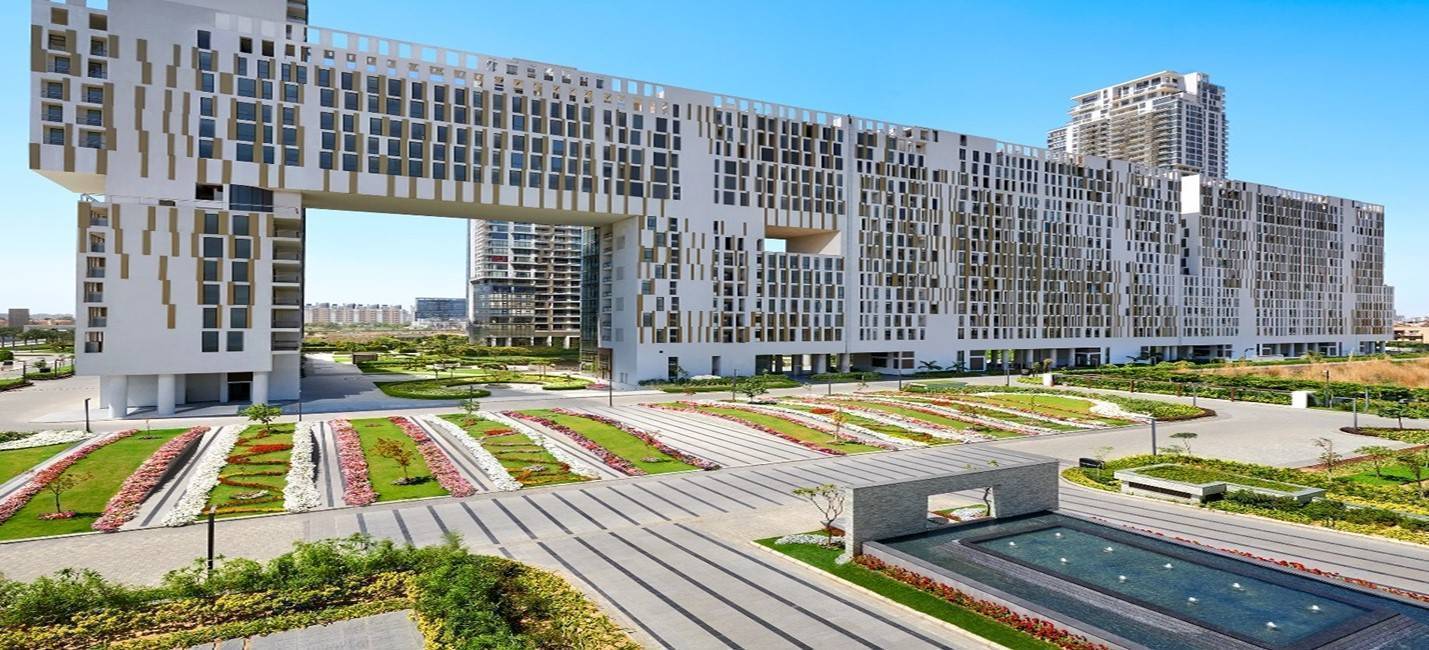
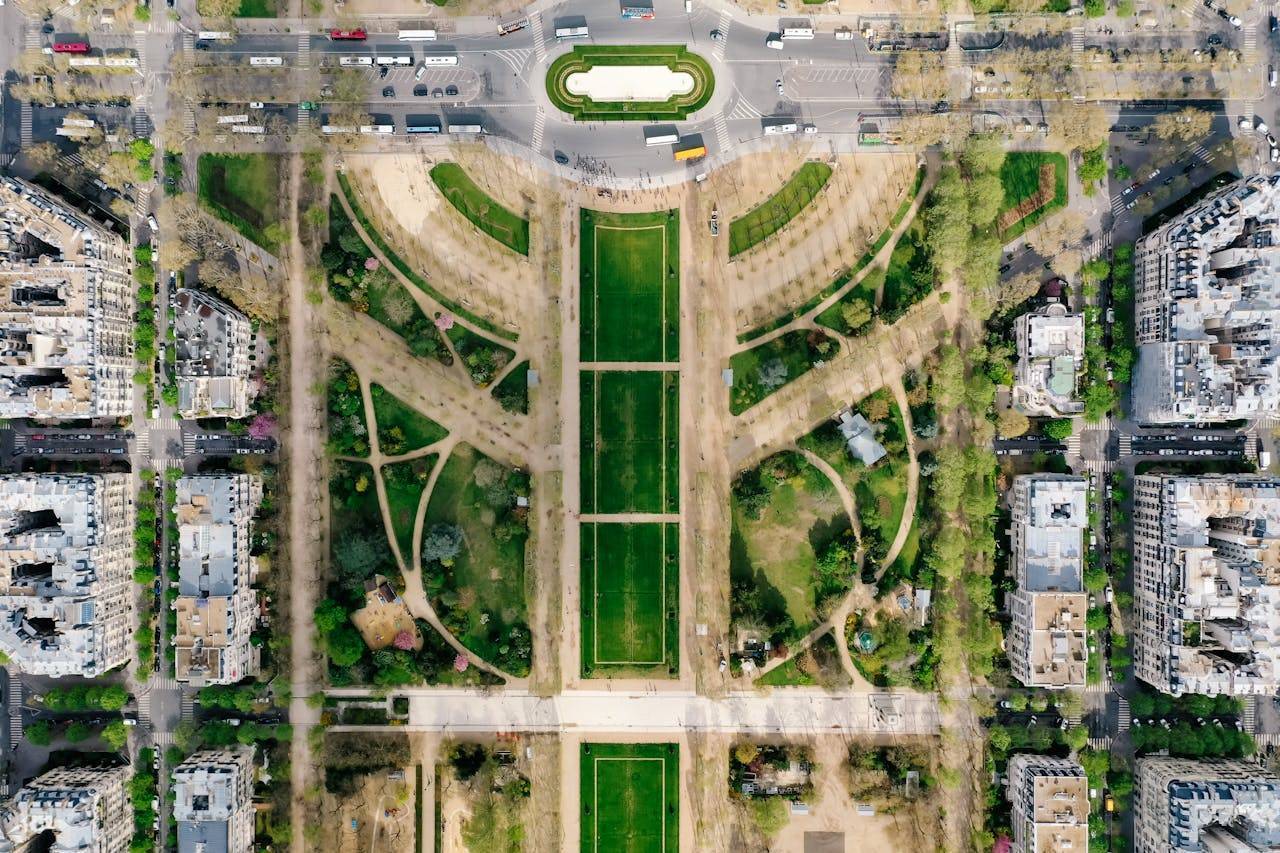

.png)